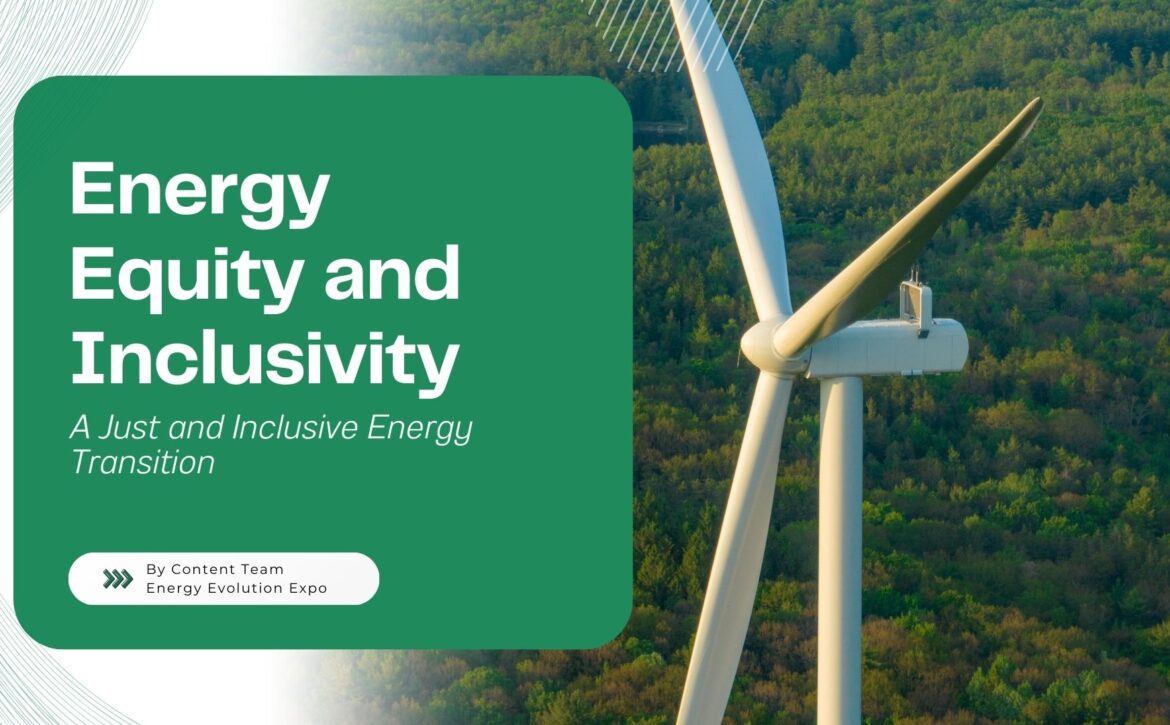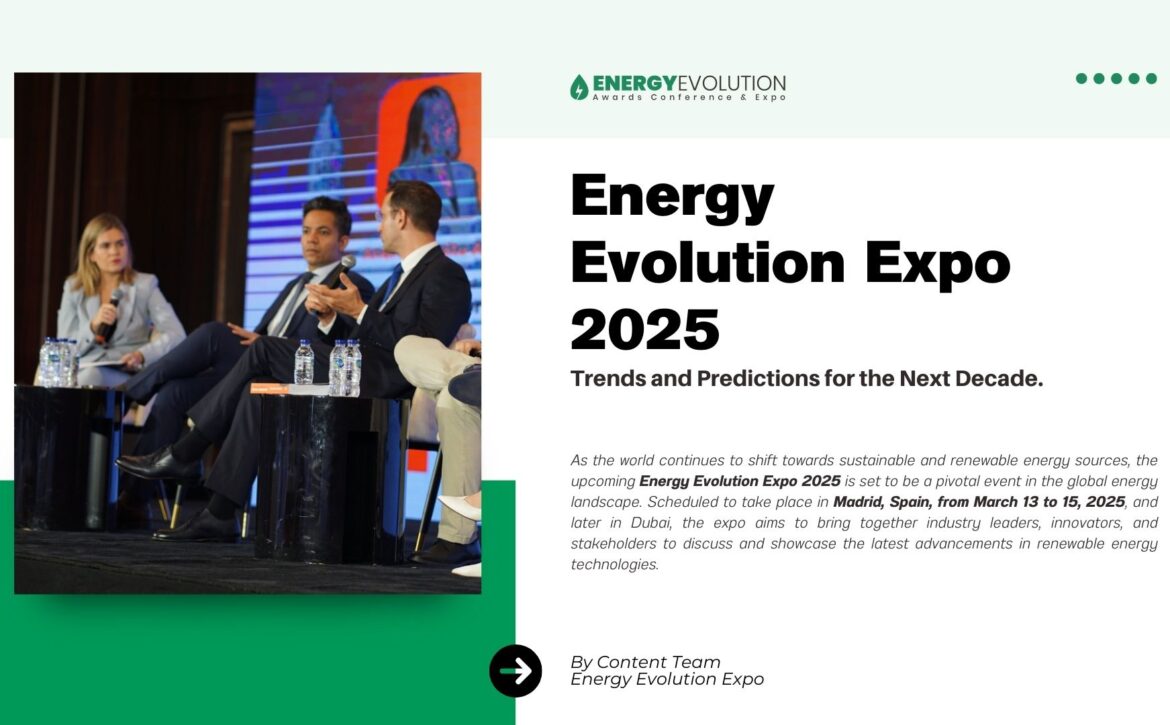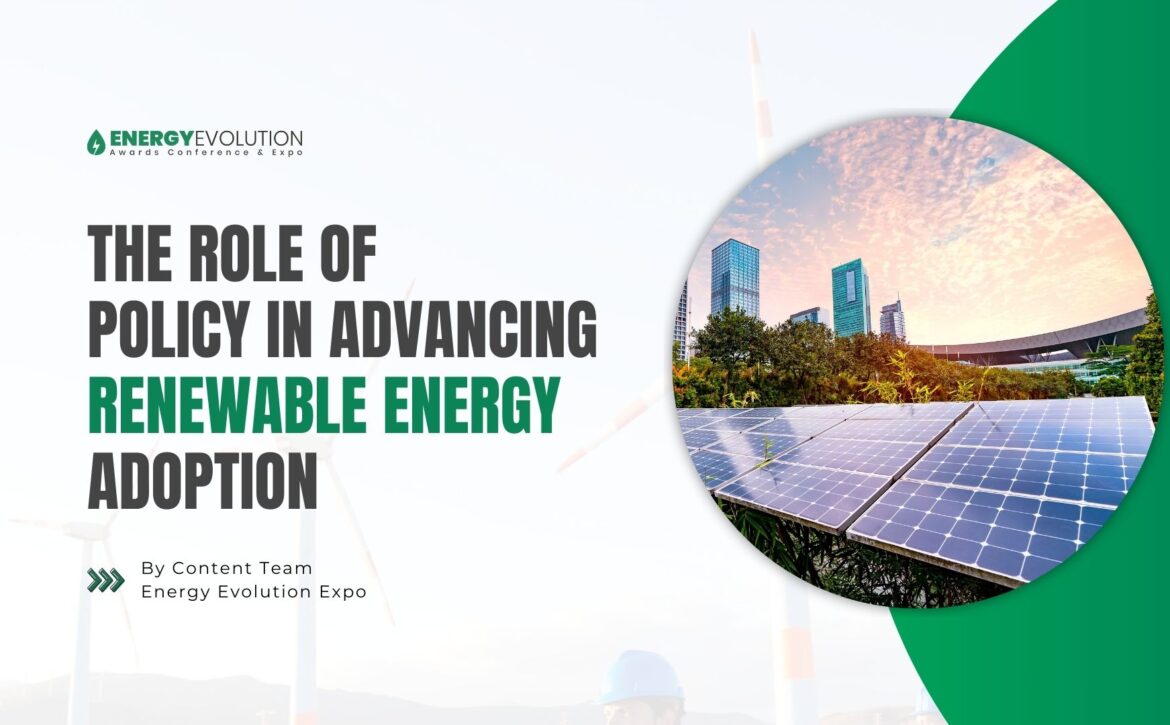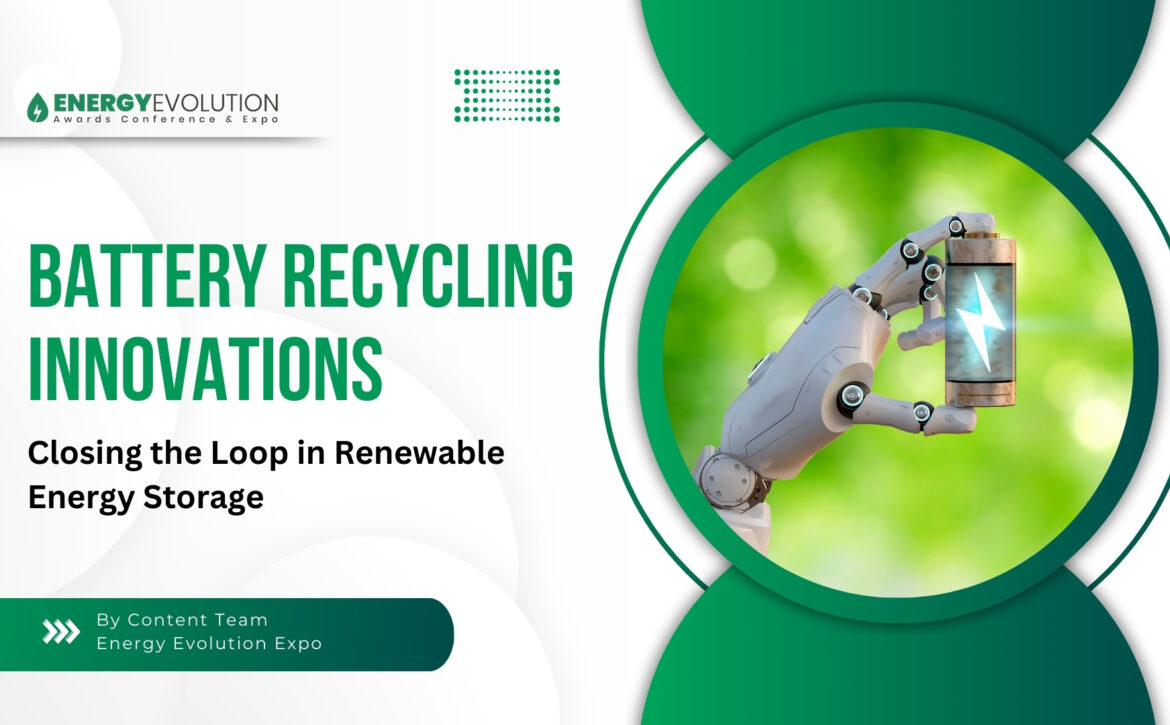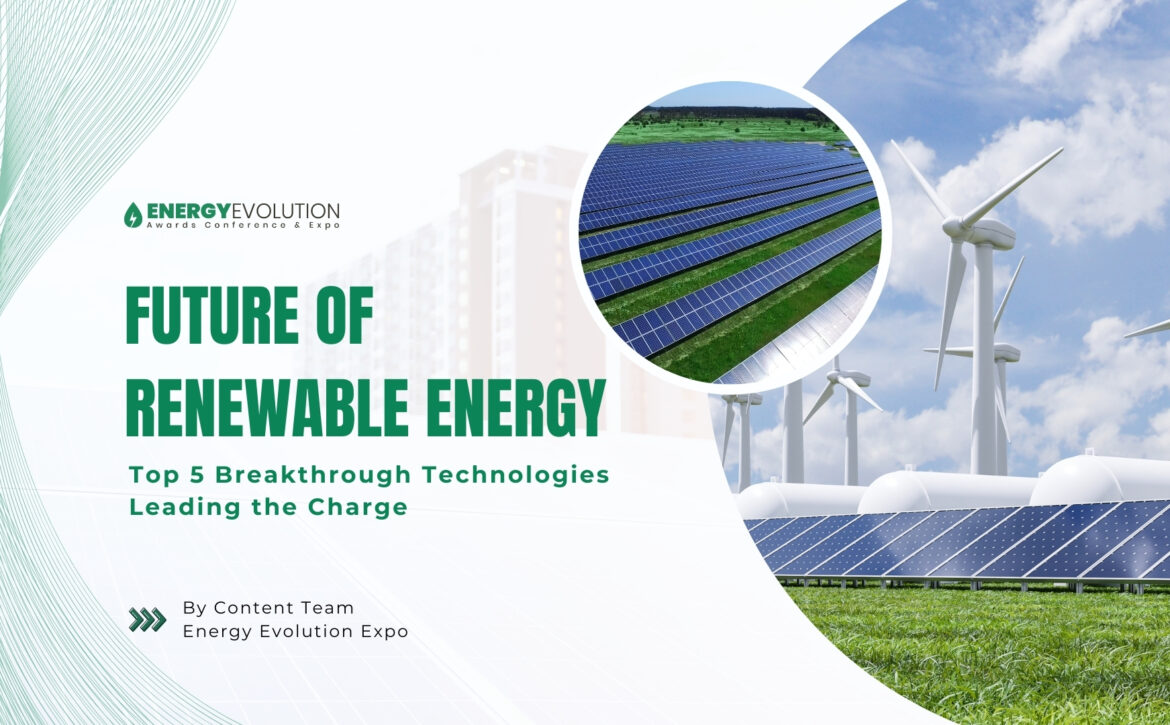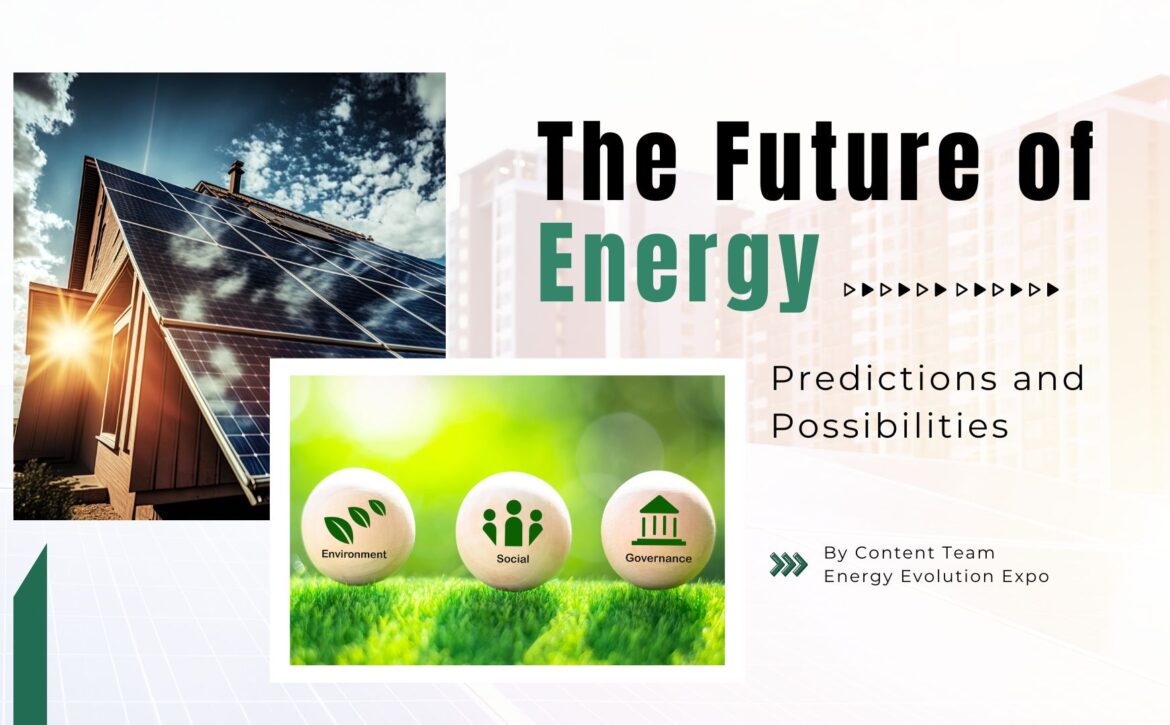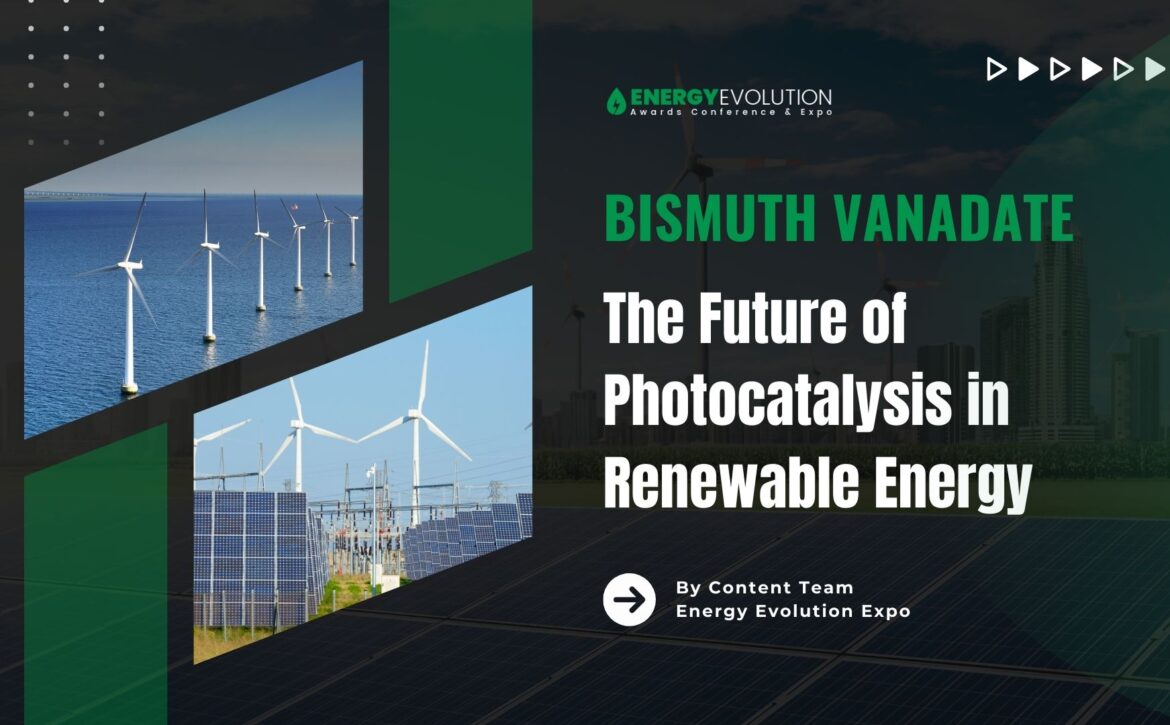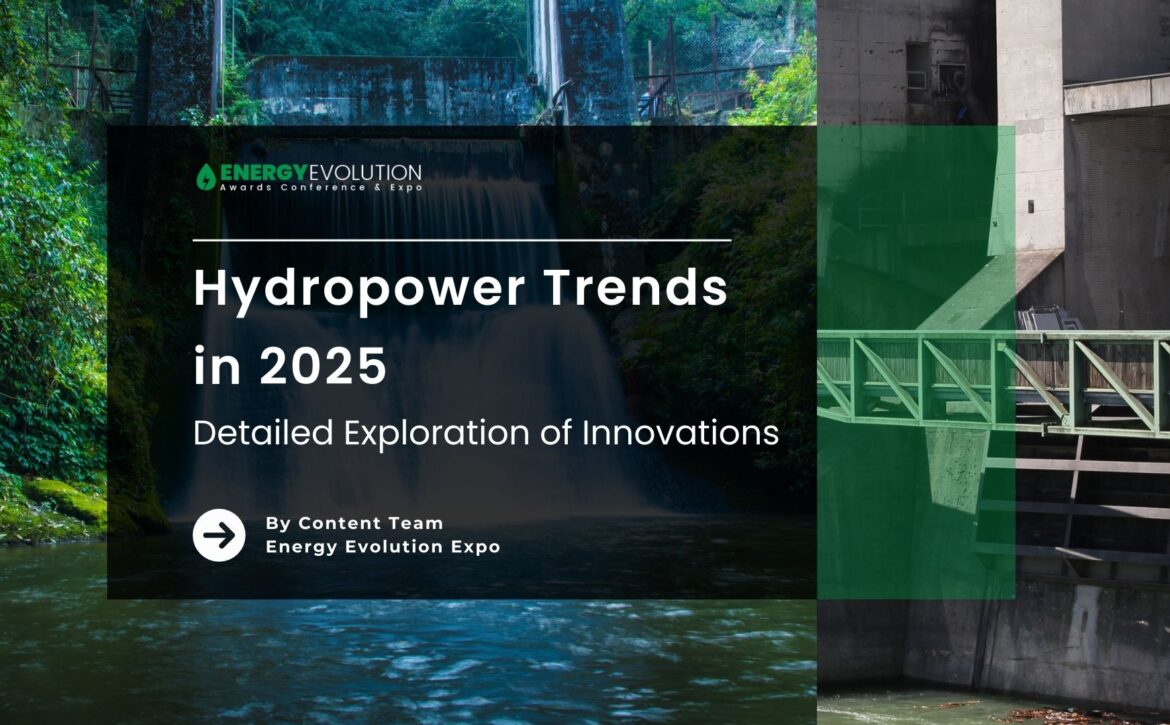In 2025, the hydropower industry is at the cusp of transformative innovations that promise to enhance efficiency, environmental sustainability, and flexibility. Below is a detailed exploration of each trend, highlighting the cutting-edge technologies and the companies pioneering these advancements.
1. Hydropower Technology Upgrades
Technological advancements in hydropower are primarily focused on increasing system efficiency and adaptability. For instance, Voith Hydro, a leading player in the field, is developing technologies that enable turbines to operate efficiently across a wide range of hydraulic conditions.
This innovation enhances the turbines’ ability to integrate with other renewable energy sources, such as wind and solar, by adapting to varying input conditions and grid demands.
One notable startup in this space is Hydrosyst, based in the UK. They specialize in Permanent Magnet Generators (PMGs) for hydropower applications. Their product line includes low-speed, medium-speed, and steam turbine (cogenerator) models, available in both horizontal and vertical axis configurations.
These generators are compact yet powerful, delivering high performance even at low speeds, making them well-suited for electricity production. Hydrosyst supplies these advanced generators to both new and existing hydroelectric power plants.
Another innovative company, Littoral Power Systems from the US, designs and installs modular turbines and systems for small-scale hydropower projects. Their turbine models, such as Reakt, TorrStrom, and FlexStream Crossflow, are engineered to improve the efficiency of small hydropower systems.
Littoral Power Systems uses a modular construction approach known as the h-modulor system, which facilitates the upgrade of existing sites and the activation of non-powered dams. They also provide a remote management system called k-IOT, which integrates data on water availability, weather conditions, operational performance, and current energy prices to optimize hydro plant operations.
Technological advancements in hydropower are primarily focused on increasing system efficiency and adaptability. For instance, Voith Hydro, a leading player in the field, is developing technologies that enable turbines to operate efficiently across a wide range of hydraulic conditions. This innovation enhances the turbines’ ability to integrate with other renewable energy sources, such as wind and solar, by adapting to varying input conditions and grid demands.
2. Modular Power
Modular power generation systems offer an efficient solution for deploying and scaling hydropower plants by utilizing innovative technologies. These systems incorporate elements like gravity hydraulic machines, water wheels, and Archimedes screws to enhance energy production while reducing operational expenses.
Turbines, such as very low-head, hydrokinetic turbines, and pumps as turbines (PATs), are also integral, providing improved power output and minimizing costs. Advanced technologies, including current-controlled rotors and double-fed induction machines, enable turbines to quickly adjust to load changes, ensuring stable energy generation and maintaining constant frequency.
Modular systems are designed for scalability and cost-effectiveness, utilizing prefabricated units that can be assembled on-site to significantly cut down on construction time and expenses.
In the modular hydropower sector, companies like NuSTREEM, AdaptVerticalMills, and Matel exemplify the innovations driving this field. NuSTREEM’s NuCONTAINER system, AdaptVerticalMills’ autonomous modular wind turbines, and Matel’s frameless permanent magnet generators showcase how startups are contributing to the advancement of modular energy solutions by making them more accessible, sustainable, and efficient.
3. Marine and Hydrokinetic Technology
Marine and hydrokinetic (MHK) technology is emerging as a valuable addition to the portfolio of renewable energy sources, particularly in coastal regions where wave and tidal power offer a reliable and clean energy alternative.
This technology captures energy from the natural movement of ocean currents, tides, and waves to produce electricity, without the need for large dams. Advances in MHK technology include barrage systems, tidal stream generators, and instream hydrokinetic devices, which efficiently harness the power of moving water.
MHK systems are designed to operate in various aquatic environments, providing renewable energy solutions where traditional hydropower may not be viable. These technologies are often modular, allowing for easy deployment and scalability, while also minimizing environmental impact.
Companies like Fish Friendly Hydro, Zoex, and Energyminer are at the forefront of this innovation. Fish Friendly Hydro’s Picostream turbine, Zoex’s ActiveFender technology, and Energyminer’s Energyfish hydrokinetic plants exemplify how startups are leveraging MHK technology to create sustainable and efficient energy solutions for different aquatic environments.
4. Novel Turbines
Hydropower plants are adopting novel turbine designs to improve efficiency, cost-effectiveness, and sustainability. Innovations like very-low-head turbines, vortex turbines, Alden turbines, and minimum gap runner turbines allow power plants to generate more electricity without altering the natural water flow.
Very-low-head turbines are particularly effective in low-water head environments, making them ideal for locations with limited water resources. Alden turbines are designed to minimize fish injuries while enhancing efficiency, and vortex turbines are suited for low-speed water flows. Additionally, minimum gap runner turbines utilize variable gap technology to boost efficiency and reduce material costs.
These new turbine designs are transforming the hydropower industry by enhancing energy efficiency and reducing environmental impact. For instance, Gaia Turbine SA is advancing the micro-hydropower sector with turbines optimized for low-flow conditions that are also fish-friendly, making them ideal for retrofitting existing hydropower installations.
Meanwhile, Finnrunner, a Finnish startup, offers 3D-printed turbines made from composite materials, including Pelton, Francis, Kaplan, and Crossflow turbines. These resource-efficient solutions are available for both existing and new small to medium-scale hydropower plants. BluPower, an Indian startup, is also innovating with its Vortex Turbine, a plug-and-play solution designed for decentralized micro-hydro systems that ensures low maintenance, environmental safety, and is well-suited for rural communities.
5. Power Injectors
Water pressure and flow are essential factors that influence turbine capacity in hydropower plants. When water levels are low, the limited flow can reduce turbine performance. Power injectors, such as axial water injection, tangential water injection, and two-phase air-water injection, address this issue by introducing high-pressure water jets into the turbine’s intake, creating a venturi effect that increases water intake.
These injectors are employed in both low-head and high-head hydropower systems to boost overall power output. Additionally, power injectors enhance the flexibility of hydropower plants by improving control over water flow and energy output. This allows for better response to grid demands and contributes to grid stability by storing excess energy during low-demand periods and releasing it during peak demand.
In this field, XFLEX Hydro is integrating power injectors with battery energy storage systems to create hybrid plants capable of quickly responding to grid fluctuations. Meanwhile, Powerturbines, a Spanish startup, manufactures hydraulic turbines that work alongside pressure-reducing valves (PRVs) to optimize energy generation. Their turbines, including nano turbines and grid-tied turbines, are ideal for applications in river dams, irrigation facilities, and rural homes, supporting small-scale power generation and enhancing grid integration.
6. Performance Analytics
Hydropower plants utilize performance analytics to assess their efficiency, reliability, and sustainability. By employing technologies such as hydro efficiency analysis and combination curve optimization, these plants can evaluate performance outputs and capacity utilization.
These tools also allow for the analysis of water flow rates, head, and turbine efficiency to accurately determine the plant’s power output. Additionally, numerical cloning enables the creation of digital replicas of hydropower plants, allowing operators to study their behavior under various operating conditions and identify potential design issues, ultimately optimizing overall performance.
In this context, Wegaw, a Swiss startup, offers hydropower data monitoring solutions that optimize energy generation and trading through the analysis of snow and water data. The startup uses earth observation, remote sensing, and machine learning to provide both historical and real-time insights, helping energy companies reduce imbalances and improve trade efficiencies.
Meanwhile, Anvil Labs, a US-based startup, specializes in drone-based turbine monitoring. Their platform captures and analyzes high-resolution 3D models and detailed data, enabling wind turbine operators to enhance safety, shorten inspection times, and plan maintenance more effectively through the use of digital twins and advanced analytics.
7. Aquatic Life Preservation
Hydropower development has significant economic, environmental, and social impacts, making the preservation of aquatic life a crucial focus in both existing and new projects. To address these concerns, advancements in turbine designs—such as hydrokinetic turbines, very low head turbines, and minimum gap runner turbines—are being developed to enable safe aquatic life migration through hydropower plants. The growing adoption of pumps as turbines and fish ladders further supports the generation of electricity while maintaining ecological balance.
The impact of hydropower on aquatic ecosystems has long been a concern, leading to the development of innovations that protect aquatic life. Technologies like fish-friendly turbines and bypass systems allow fish to safely navigate around turbines, significantly reducing mortality rates. These innovations are essential for gaining regulatory approvals and maintaining ecological balance in rivers and other water bodies.
In this context, Fish Friendly Hydro has developed turbines specifically designed to minimize fish mortality. Alongside, Australian startup Kinetic NRG has introduced an environmentally friendly Micro Hydropower Kit, optimized for low-velocity water flow. Additionally, US-based GenH focuses on clean energy technologies that ensure safe fish migration through modular hydropower systems, contributing to the ecological sustainability of hydropower projects.
8. Simulations
Startups are leveraging advanced technologies like real-time simulations, digital twins, and smart modeling to reduce the operational costs of hydropower plants. These innovations enable real-time predictive maintenance, using data analytics to provide operators with immediate insights into the condition of assets, which improves maintenance planning. By allowing for targeted, proactive maintenance, these technologies help reduce maintenance costs, increase plant uptime, and extend the lifespan of equipment.
In the design and optimization phase, advanced simulation tools play a crucial role. They allow engineers to model different operational scenarios, anticipate potential challenges, and fine-tune designs to enhance efficiency and minimize costs. This approach ensures that new hydropower projects are economically viable and environmentally sustainable, reducing the risks associated with large-scale investments and leading to more reliable outcomes.
Among the companies at the forefront of these innovations, Annea, a UK-based startup, has developed a digital twin platform that uses IoT for condition-based predictive and prescriptive maintenance of hydropower machinery. Meanwhile, Austrian startup Hydrogrid offers real-time simulations through its Hydrogrid Insight platform, which utilizes self-learning and machine learning algorithms to optimize plant operations, providing detailed insights and forecasts to both modern and older hydropower facilities.
9. Dynamic Pumped Hydropower
Dynamic pumped hydropower is an advanced form of hydroelectric energy storage that leverages the elevation difference between two water reservoirs to generate electricity. This system operates by pumping water to a higher reservoir when energy demand is low and releasing it to generate power during peak periods. The latest advancements in this field, such as variable-speed turbines and hybrid systems, are enhancing the efficiency and flexibility of energy storage and distribution.
Innovations in pump design and materials further reduce the energy required for water movement, while SCADA systems provide real-time monitoring and control, optimizing overall system performance. These advancements are increasingly being integrated into existing hydropower plants, improving their capability to support variable renewable energy sources like wind and solar.
In the realm of dynamic pumped hydropower, RheEnergise, a UK-based startup, has introduced high-density hydro solutions that utilize a specialized fluid to enable operations on lower elevation sites, reducing both construction costs and environmental impact. Additionally, the Swedish startup Mine Storage offers grid-scale energy storage solutions by utilizing the gravitational potential of water in underground mines, providing a flexible and efficient energy storage method to support zero-carbon grids.
10. Artificial Channeling
Artificial channeling involves the construction of engineered waterways like canals or tunnels to enhance the flow of water for energy production, while reducing environmental impacts. This method is increasingly being used as an alternative to traditional dam-based hydropower, particularly in ecologically sensitive areas.
By directing water through controlled channels, it is possible to optimize energy generation and lessen the negative effects on local ecosystems, such as wildlife and water quality. This approach is particularly beneficial in remote areas, allowing for the generation and distribution of electricity without significant disruption to natural water bodies.
In this context, innovative startups are making strides. For instance, GedCo from Iran has developed a Floating Drum Turbine for run-of-river hydropower, which uses microturbines to generate electricity from water streams. Meanwhile, Bluenergy Solutions from Singapore offers hydrokinetic turbines designed for both off-grid and grid-connected markets, providing versatile solutions for renewable energy generation.
The hydropower industry in 2025 is characterized by a wave of innovations that not only enhance the efficiency and flexibility of energy production but also prioritize environmental sustainability. Companies like Voith Hydro, Fish Friendly Hydro, and Gaia Turbine SA are leading the charge with groundbreaking technologies that promise to keep hydropower a key player in the global shift towards renewable energy.
As these trends continue to evolve, hydropower will remain an indispensable component of the energy mix, offering reliable, sustainable, and increasingly eco-friendly power generation options. We need to keep up with all recent innovations to reap maximum benefits and to facilitate a better understanding of the latest developments and trends in the Renewable energy Industry, various Conferences and Expos, which bring Industry leaders together, serve as an all-inclusive platform.
The Energy Evolution Awards, Conference, and Expo organized by Next Business Media is making its debut in Spain in 2025. It will be a leading forum dedicated to honoring excellence in Energy Technology, showcasing innovations, and fostering collaborations. The events unite industry leaders, and visionaries to explore the latest advancements, tackle key challenges, and shape the future of Energy.
The Energy Evolution Awards, Conference, and Expo will celebrate outstanding achievements, promote sustainable practices, and drive the Energy Industry forward into a technologically advanced sustainable era. Energy Evolution Awards, Conference, and Expo will be a platform for cultivating innovation and shaping a brighter, more efficient energy landscape.
Hydropower Trends in 2025: Detailed Exploration of Innovations


